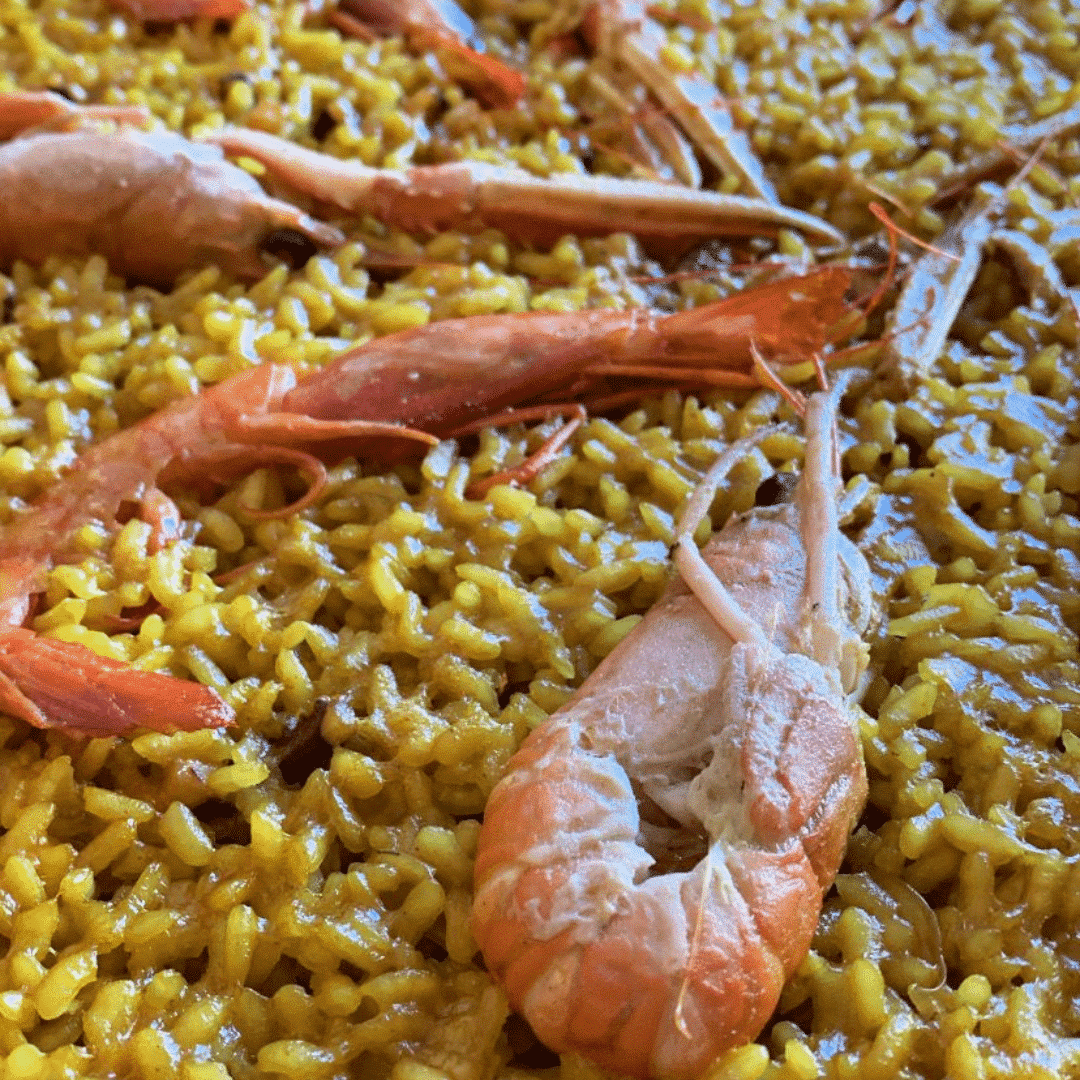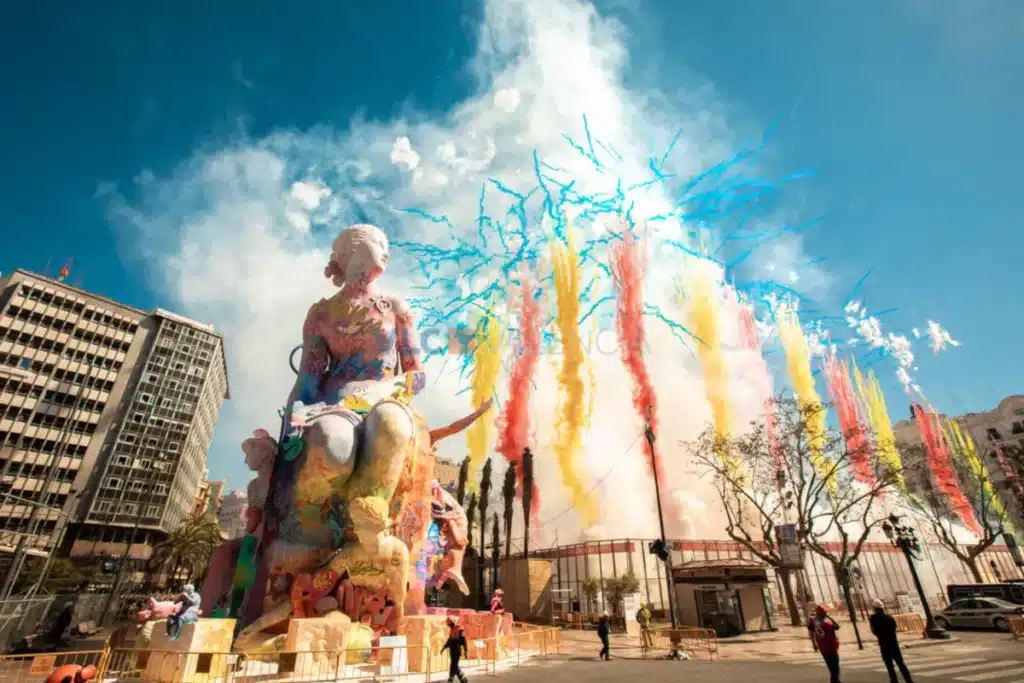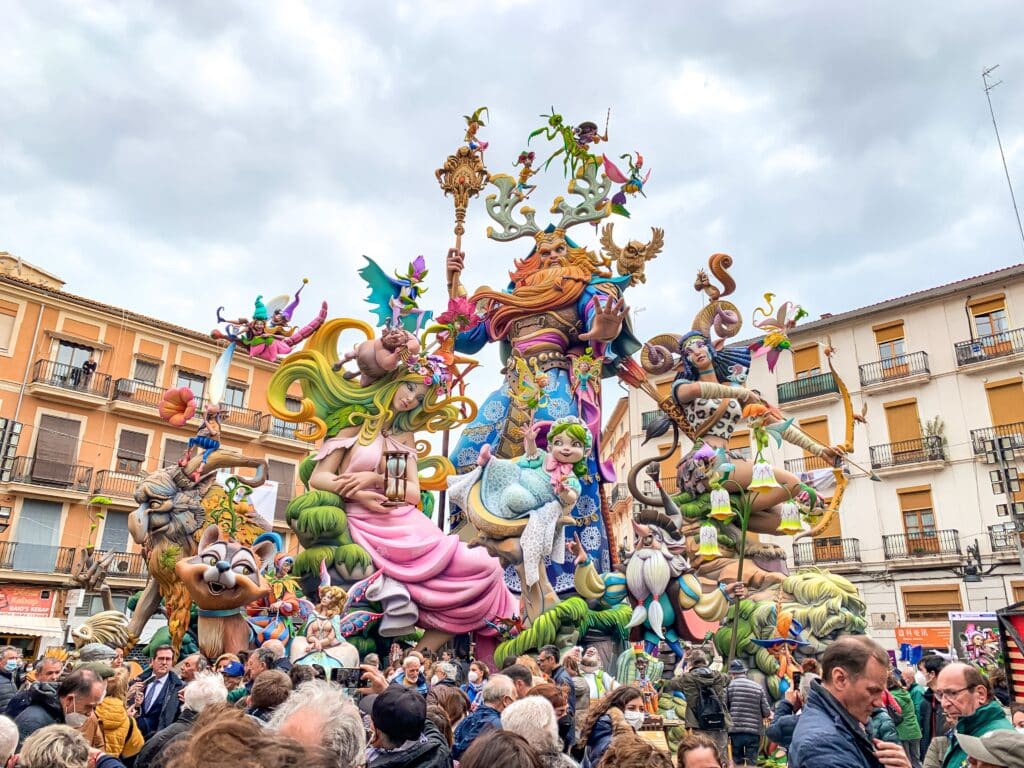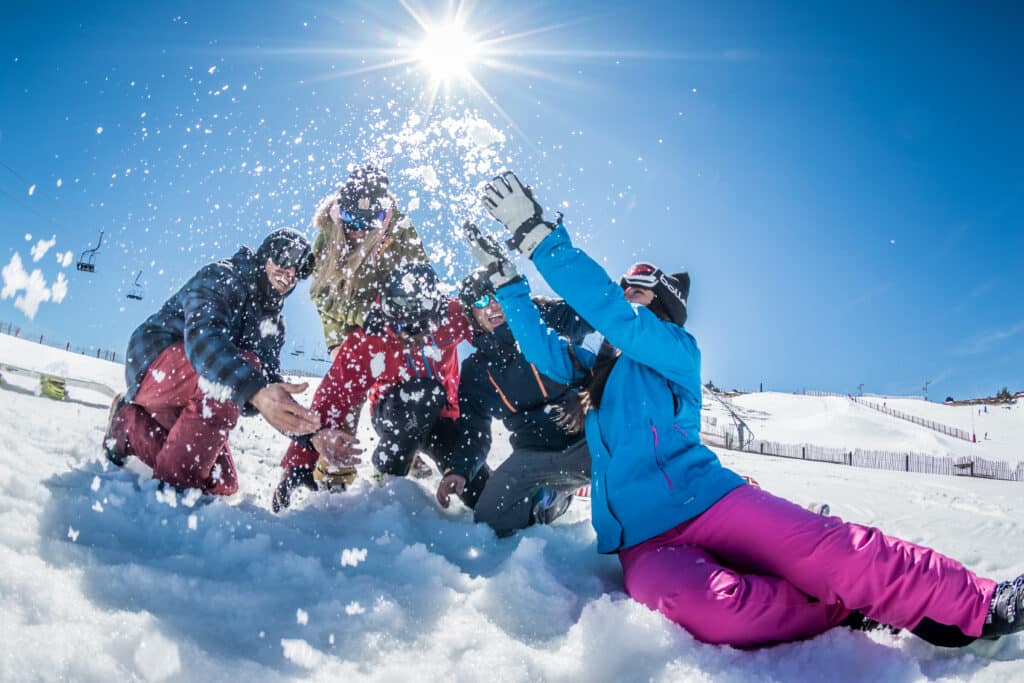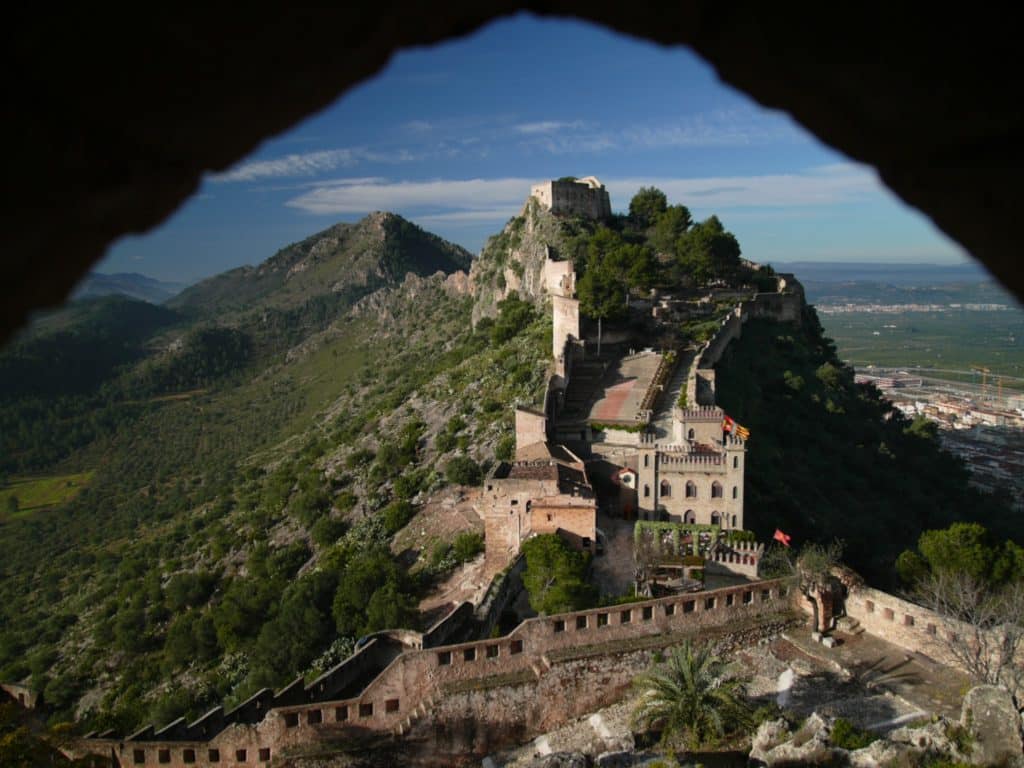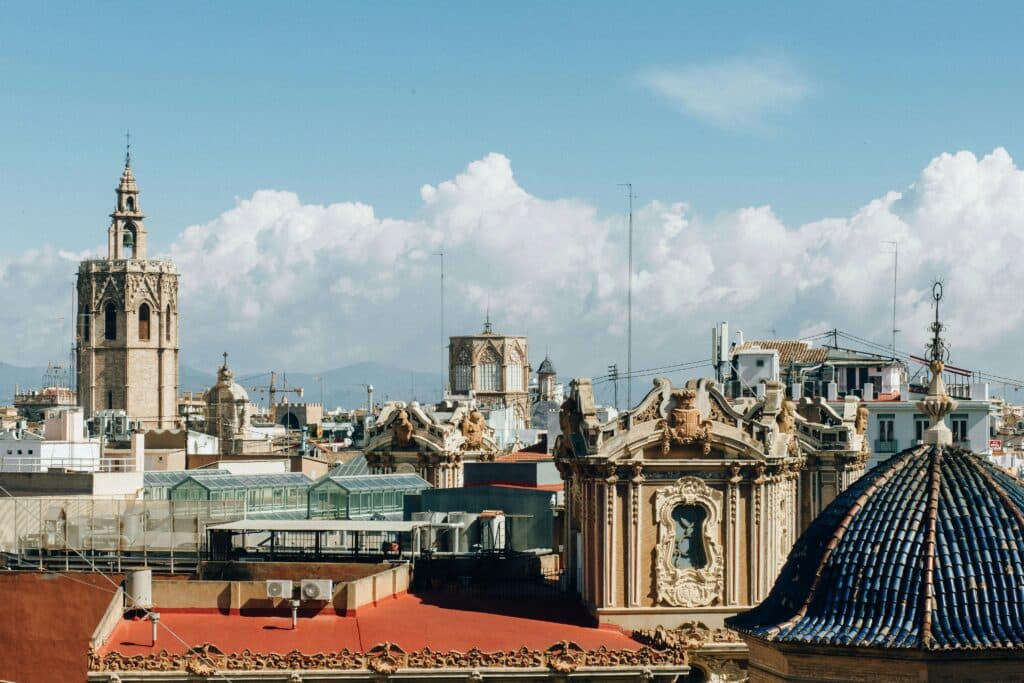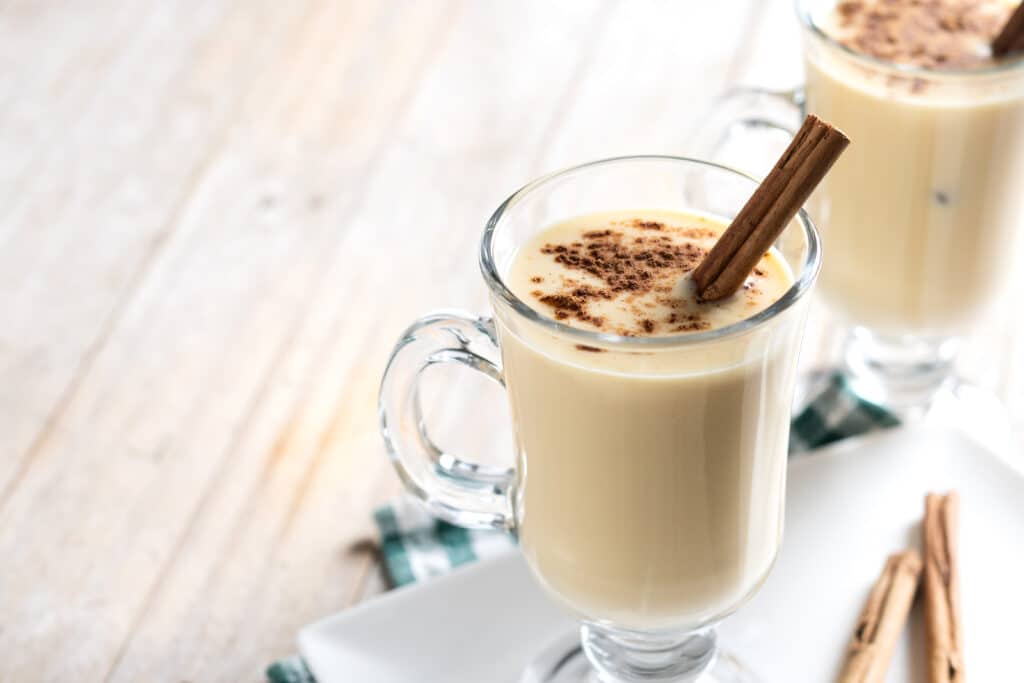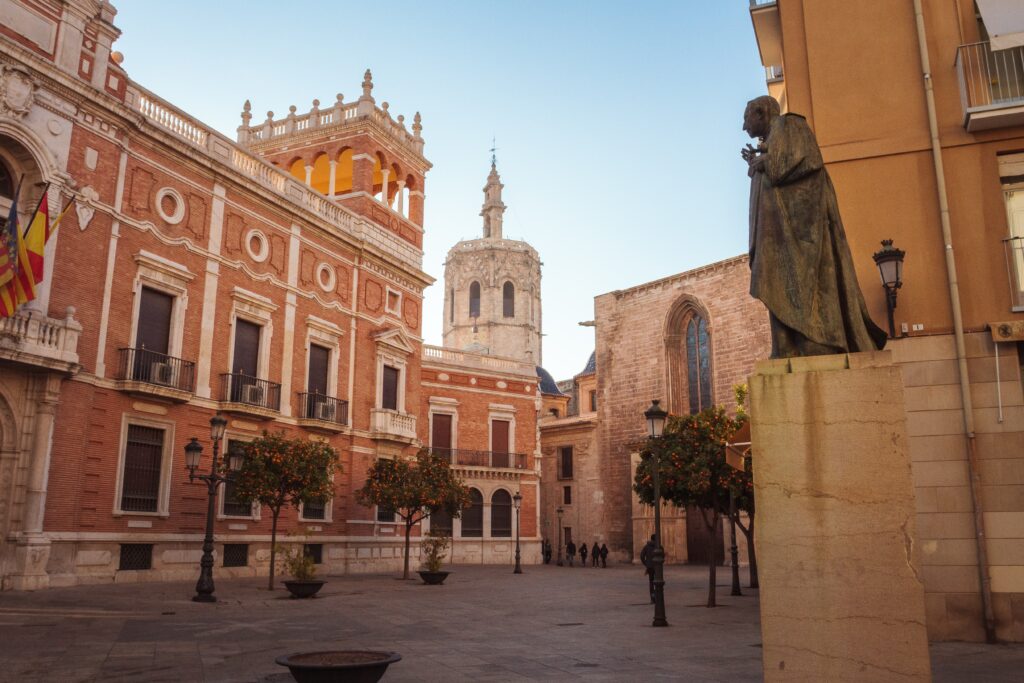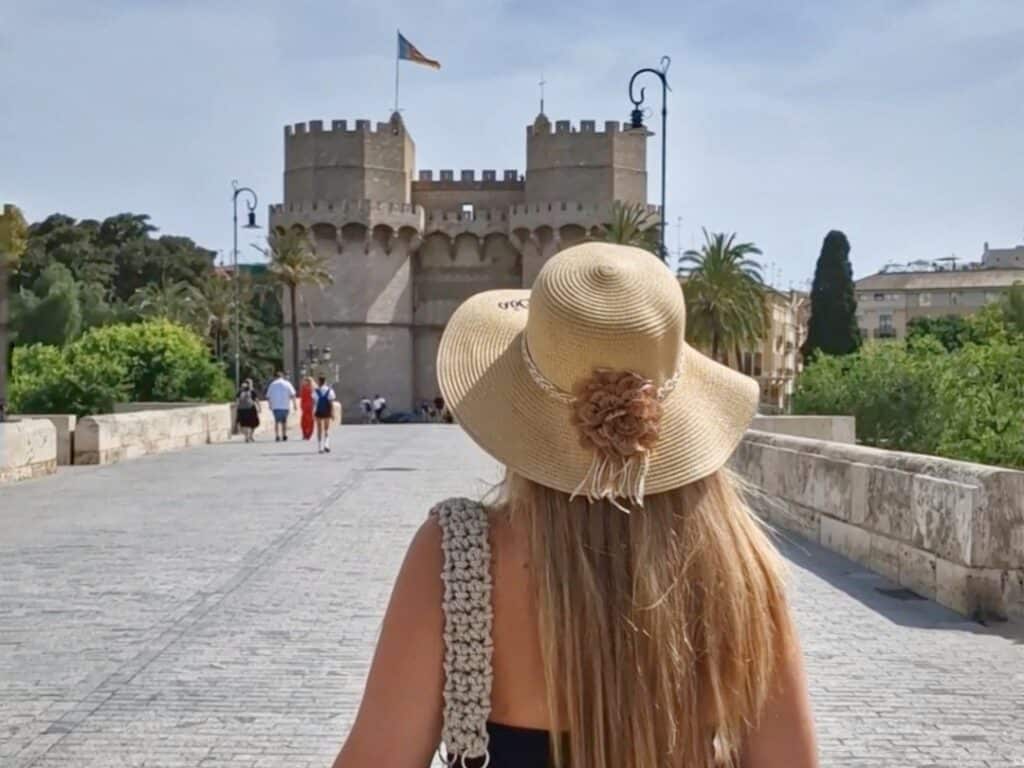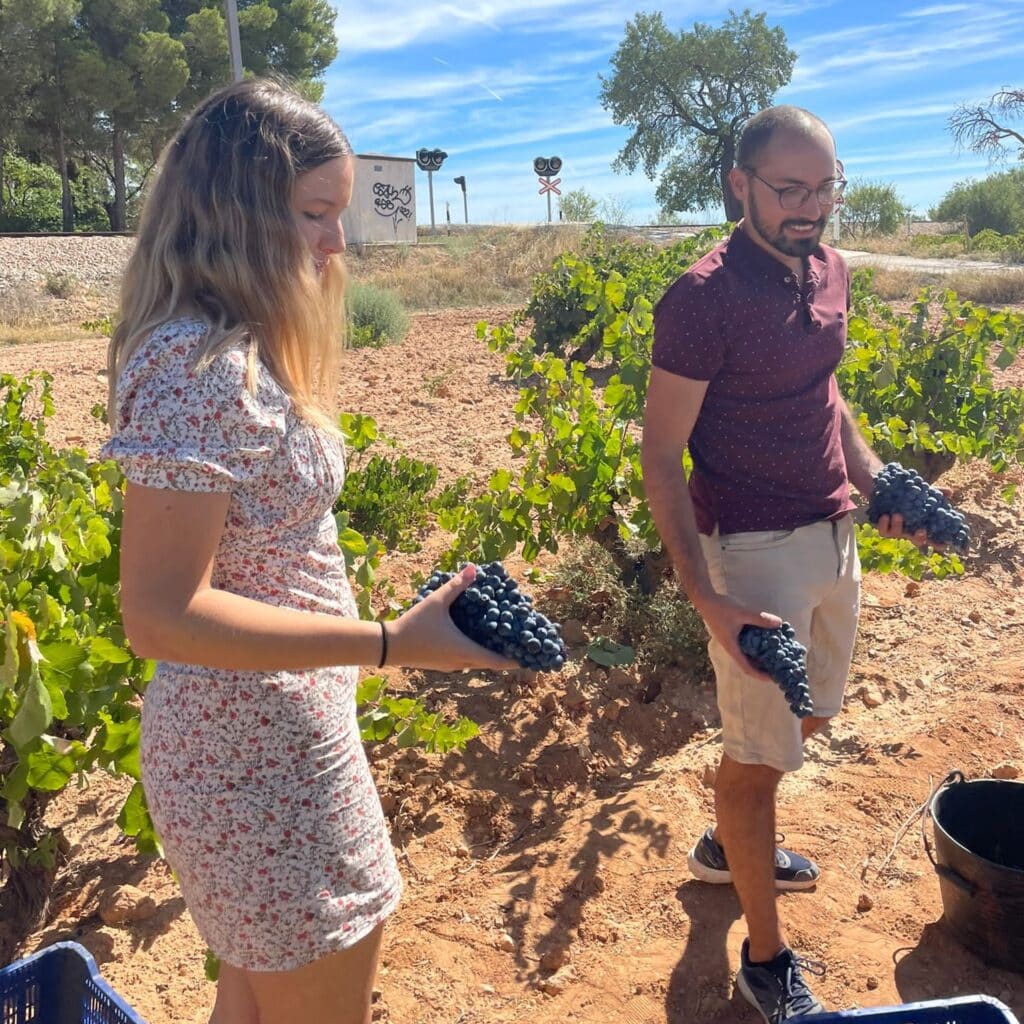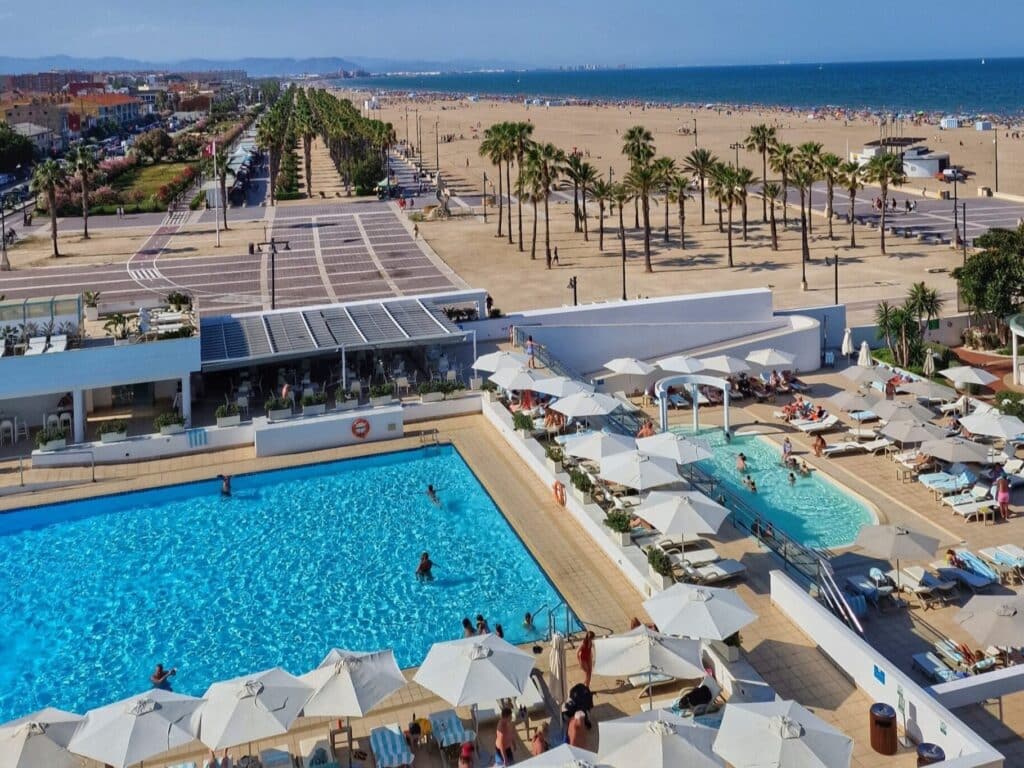Rice has always been a recognized delicacy throughout the world, and it is the most famous cereal for its nutritional properties and its long history.
From rice to paella. From Africa to Valencia.
But, going back a little in time, how did it get to Valencia?
It was brought by inhabitants of North Africa to Spain back in the 8th century.
But it was not until the Muslim era when it acquired its great prominence.
The Arabs were already experts in its cultivation and saw great potential in the Valencia area for its production: they set up the first cultivation and irrigation systems throughout Valencia and its surroundings.
But during the Christian reconquest, Jaume I decided to reduce those cultivation areas to just the Albufera, since in the past it was done with stagnant water that left the city in terrible health conditions.
And at that moment the great production began in the Albufera.
Paella emerged then, in the rural areas of Valencia and its surroundings in the fifteenth and sixteenth centuries. The peasants of the time prepared a meal simply and quickly with rice, vegetables, and animals from the area.
It always took place in the afternoon, at the end of the working day: the locals got together to cook the rice with the products that the countryside offered them and used the branches of the orange trees to make the fire. These branches gave a very particular aroma and flavor to the rice.
As was typical of the area, in the water of this “lagoon” opening onto the sea, we found eels and marsh rats.
And this recipe began to cook especially with these animals, considered a delicacy, tasty and with great properties.
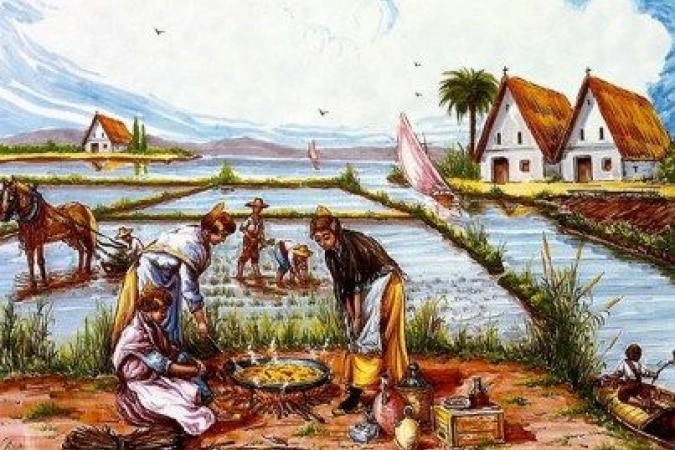
First ingredients of the paella
So as key ingredients that were added over the years we find:
Poultry, hare or field rabbit, eels, chorizo, lean meat, fresh vegetables such as peppers or beans, saffron, water, and rice.
Later we would add the tomato to make a good sauce, the garlic, and the olive oil.
Between 1850 and 1950 we find the first manuscripts with the paella recipes most similar to today.
Although it was not until after the Spanish Civil War, when, in post-war times and with the poverty that existed, families decided to change ingredients such as eel, rabbit, or chorizo, for chicken and vegetables. Much more affordable back then.
The interpretation of paella
This rich, nutritious, chameleonic, and unique dish has gone through many modifications and interpretations. And it has always been a meeting dish, to share. The perfect excuse to gather family and friends, sit around the paella, and eat all of it.
There is rice culture not only in the province of Valencia but throughout the Valencian Community:
Alicante, for example, usually keep the pepper that was used in the past and they even add chickpeas.
Castellón also adds pork ribs and snow peas.
In other areas of Valencia, like in Safor, it is typical to add ”pilota” or meatballs with peppers, and in Benicarló, which is the pinnacle of artichokes, whenever it is time they are added.
In the area of Gandía, for example, they use the same container to cook it but they put pasta in it and it is called ”Fideuà”: it arose as a result of the lack of rice in the 20th century. The most characteristic is with fish: Norway lobsters, prawns, cuttlefish, monkfish, and broth.
Although they tell us that there is only Valencian paella, there are many varieties of paella, although Valencian paella, as we well know, is the one made with chicken, rabbit, carob, rosemary, saffron, beans, snails, and artichokes if it is the season.
Tricks for its perfect elaboration
But really what we are left with is that it is made with the ingredients that the earth gives us and according to the season of the year. So that everything is fresh and of quality.
Nowadays, paella has become an art. With a special technique and a dedication that not everyone can have.
And it is that you have to pamper it a lot, control the times and choose vintage ingredients.
You have to make a thin, thin layer of rice, and fry the meat or prawns well so that all the flavor remains in the paella along with the oil.
Remove the main ingredients and add, in the case of the Valencian paella, the vegetables. And in the case of seafood, cuttlefish, or baby octopus…
The most important thing is that the flavors are integrated and that the rice browns with the ingredients absorbing all their flavor.
Once the rice has browned, add the fish broth or the water, for the Valencian paella, and let it reduce over medium-high heat.
At the end of everything, put the rosemary or the prawns (depending on whether it is meat or fish).
Besides, there is a Wikipedia created especially to talk about this dish declared an Asset of Intangible Cultural Interest: Wikipaella
Wikipaella is an association that distinguishes restaurants that make authentic Valencian paella.
as Paco Alonso, one of its creators, said: rice must be “dry, whole, juicy and tasty”.
Legend says…
And finally, we tell you how paella has crossed borders and has managed to give freedom to those who most needed it…
They say it happened in the War of Independence. And it is that there was a French general who was completely in love with paella so he made a deal with a woman: for each different plate of paella that the woman brought him, he would free a prisoner.
So, the woman got to work and prepared a different paella recipe every day, letting her imagination run wild. It is said that he managed to free about 176 prisoners.
Interesting facts about paella
By the way!
- World Paella Day is September 20
- There is an International Sueca Valencian Paella Contest. The recipe for the traditional Valencian paella is made over firewood. And semifinals are organized in several countries around the world: Mexico, Japan, USA…
- Sunday is the day to eat paella par excellence
We recommend TOP restaurants to eat a good paella
These are our favorite paella restaurants
Valencia
- El famòs
- L’Alqueria del Pou
- Casa César el Delfín
- La Revoltosa
- Nou Racò
- Bar Mistela
Alicante
- Los Jazmines (Altea)
- Hotel San Miguel (Altea)
- Venta la Montaña (Benimantell)
- Ca Rafel (Benimantell)



